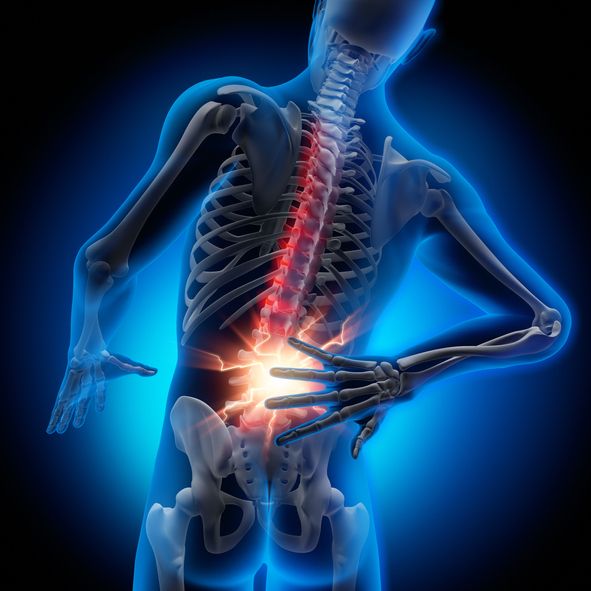
What Causes Lower Back Pain?
Lower neck and back pain can originate from a range of sources, such as:
● Problems in the back spinal column: Issues with the vertebrae or discs in the lower back.
● Muscle pressure: Overworked or swollen muscles from bad posture, overexertion, or tension.
● Nerve compression: Commonly brought on by a herniated disc continuing nearby nerves.
● Internal organ issues: Pain referred from organs in the pelvic or abdominal region.
If your pain is severe, lingers despite rest, or comes with signs like leg pain, numbness, weak point, or inexplicable weight-loss, it's crucial to see a medical professional.
How Ayurveda Can Help
Ayurveda, with its holistic and reliable solutions, uses natural services for treating lower neck and back pain. Here are some therapies that can help:
● Kati Basti: This includes using warm, medicated oil straight to the lower back. The warmth and oil work together to ease tightness, promote blood circulation, and relieve pain.
● Elakizhi: Medicated natural leaves are used in a hot compress to relieve muscle stress and promote recovery.
● Panchakarma (Basti): This treatment uses a medicated enema to calm Vata dosha (among the body's energy types). Vata imbalance is typically connected to neck and back pain, and Basti helps bring back balance, minimize inflammation, and prevent reoccurrence.
Acupuncture for Pain Relief
Acupuncture is another effective way to handle pain in the back. By inserting fine needles into particular points on the body, acupuncture:
● Stimulates the release of endorphins, the body's natural painkiller.
● Improves circulation and reduces swelling in the affected area.
● Works together with Ayurveda to provide a well-rounded and effective pain management option.
Yoga for Long-Term Relief
Yoga complements Ayurveda and Acupuncture, providing a method to handle pain daily. It helps by:
● Stretching and strengthening the muscles: Yoga presents can help enhance versatility and ease tension in the back.
● Breathing workouts and meditation: These practices calm the mind, lower stress, and support your body's natural recovery process.
While yoga alone might not totally eliminate the underlying reasons for lower neck and back pain, it can substantially alleviate discomfort and panchakarma treatment assistance maintain a healthy, pain-free back with time.
A Holistic Approach for Lasting Relief
By combining Ayurveda, Yoga, and Acupuncture, you're not simply treating the signs-- you're dealing with the origin of lower back pain. These treatments work together to stabilize the body and mind, providing a more natural and comprehensive service to pain relief. With this integrative approach, you can find not just physical relief but likewise a greater sense of well-being and balance in your life.
If you're trying to find a long-term, holistic method to manage your lower neck and back pain, these treatments could be the answer.